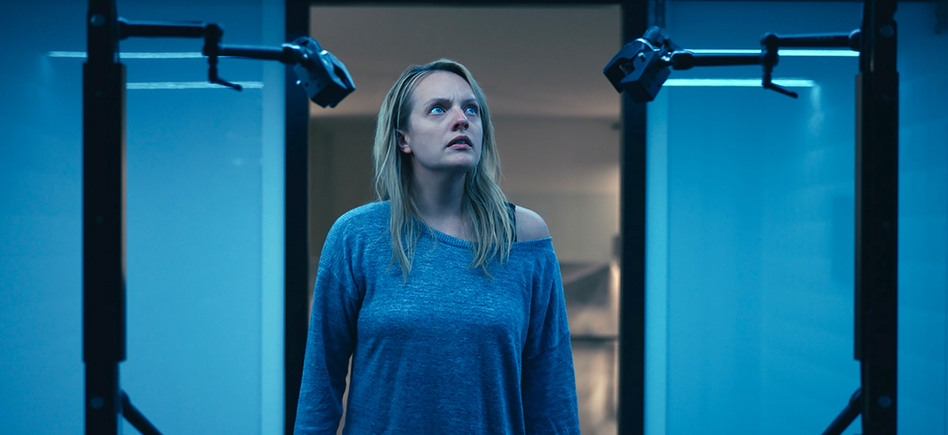Leigh Whannel’s film The Invisible Man, based on H.G. Wells’ 1897 novel of the same name, tells the story of a young woman, played by Elizabeth Moss, who escapes an abusive relationship with a tech-savvy millionaire. After faking his own death, Adrian, Moss’s on-screen ex-boyfriend, devises a bodysuit using optical technology that allows him to become invisible and continue his reign of psychological torment over her.
In Wells’ day, the notion that science could render a person invisible was absurd. Now, over 100 years and innumerable advancements later, Whannell’s recent adaptation with a feminist spin makes technology-assisted invisibility feel achievable.
Today, scientists have already had some success in making objects appear invisible. In a YouTube video, John Howell, a physics professor at the University of Rochester, explained that achieving “invisibility” requires the precise manipulation of light at different angles.
“‘Cloaking’ is essentially just an optical illusion, and people have been doing that for hundreds of years,” Howell said. “There have been many high-tech approaches to try and achieve cloaking. The basic idea […] is to take light and have it pass around something as if it isn’t there.”
The device they built, aptly named the “Rochester Cloak,” consists of four lenses positioned at just the right angles to make an object placed between them appear invisible. Together, the lenses create a focal point—the point where light rays from a source converge after being reflected from the object. In the case of the Rochester Cloak, the normal movement of light is changed around the object, bending light around whatever object is placed at the focal point.
“The rays focus and diverge out, so it actually bends the light around the object,” Joseph Choi, a then-Ph.D. student at Rochester’s Institute of Optics, said. “We have slightly more complicated designs where an object can be cloaked entirely, but we’ve tried to simplify our design.”
Choi and Howell’s set-up allows an object to appear invisible as the viewer moves several degrees away from the optimal viewing position. The illusion remains constrained, however, by the ability of angles to mask the object. Move too close, too far away, or look at the object from outside the lens, and it will no longer appear “cloaked.”
More recently, researchers have been able to apply these basic principles to larger subjects, like humans. This further confirms the theory that it is possible to use cloaks to perfectly hide an object at specific wavelengths. Hiding an object in an area containing different wavelengths of light, however, becomes more challenging as the size of the object increases.
The medium in which the object exists will also have an effect on the ability of cloaking technology to mask it. In The Invisible Man, Oliver Jackson-Cohen, who plays Adrian, fights Moss while remaining mostly invisible through a climactic shootout in the rain. Light slows down when it travels from air to water, causing it to change direction slightly in a process known as refraction. Soaking wet, it is unlikely that the visual properties of the optical suit used by Adrian to stay invisible would persist.
Scientists have been able to effectively cloak objects from detection by physical waves other than light. Using a skin-like device that looks eerily similar to the one Jackson-Cohen wears in the film, engineers at Iowa State University have created a wearable device that makes objects invisible on radar. It works through the use of metamaterials, which can absorb radio frequencies rather than reflect them back to sensors.
In the world of science fiction and fantasy, invisibility has become a mainstay—an iconographic symbol of technology currently beyond human means of production. The Invisible Man joins other famous depictions of cloaking, from The Lord of the Rings to Harry Potter—all but proving that CGI remains the best tool for rendering humans invisible.









